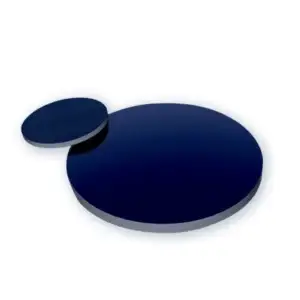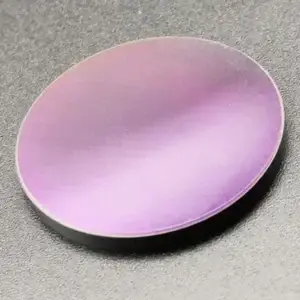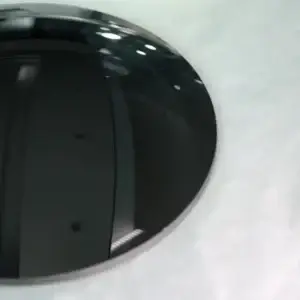Germanium is a hard, brittle, semi-metallic substance with a greyish-white appearance and a specific density of 5.35 g/cc. As a metalloid on the periodic table, it embodies the best of both metal and non-metal characteristics, making it versatile for a wide range of applications. With a melting point of 937°C and vapor pressure of 10⁻⁴ Torr at 1,167°C, Germanium is robust and thermally stable. Its semiconductor nature mirrors silicon and plays a pivotal role in manufacturing transistors, integrated circuits, optical coatings, and optical storage media.
One distinctive feature of Germanium windows is their thermal escape characteristic. As temperatures increase, transmission efficiency decreases, requiring careful integration into thermal systems. Despite this, Germanium windows continue to lead the industry in performance, enabling innovations across critical sectors.
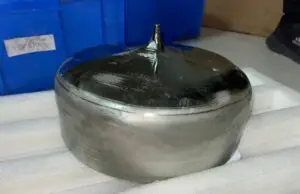
POC offers Germanium windows tailored to meet precise customer demands. Below are the key specifications:
With its exceptional purity, precise dimensions, and superior coating options, POC’s Germanium windows are engineered to excel in demanding applications.
Germanium’s physical properties support its broad applications across various industries. Below are key attributes
| Property | Value |
|---|---|
| Density (298K) | 5.35 g/cm³ |
| Hardness | 800 kg/cm² |
| Young’s Modulus (298K) | 103.3 GPa (<100>) |
| Thermal Conductivity | 59.9 W/mK (300K) |
| Thermal Expansion Coefficient | 6.0 × 10⁻⁶ K⁻¹ |
| Specific Heat Capacity | 322 J/kg K |
| Melting Point | 937°C |
| Resistivity | 0.03-50 Ω·cm |
| Purity | > 99.999% |
| Wavelength (µm) | Refractive Index |
|---|---|
| 2 | 4.10972 |
| 3 | 4.04550 |
| 4 | 4.02552 |
| 5 | 4.01652 |
| 6 | 4.01171 |
| 7 | 4.00878 |
| 8 | 4.00691 |
| 9 | 4.00557 |
| 10 | 4.00462 |
| 11 | 4.00388 |
| 12 | 4.00327 |
| 13 | 4.00278 |
| 14 | 4.00245 |
General Optical Characteristics:
| Property | Value |
|---|---|
| Transmission Spectrum (µm) | 2–14 |
| Temperature Coefficient of Refractive Index (K) | 400 × 10⁻⁶ |
| Refractive Index (10 µm) | 4.0052 |
| Refractive Index Homogeneity | ≤ 5 × 10⁻⁴ |
| Absorption Coefficient (10.6 µm, cm) | ≤ 0.0035 |
| Optical Transmittance (10.6 µm) | ≥ 45.00% |
| Specification | Value |
|---|---|
| Bevel | Protective as needed |
| Coefficient of Thermal Expansion (CTE) (10⁻⁶/°C) | 6.1 |
| Edges | Fine Ground |
| Knoop Hardness (kg/mm²) | 780 |
| Poisson’s Ratio | 0.28 |
| Surface Flatness (P-V) | λ/10 @ 10.6µm |
| Wavelength Range (nm) | 2000 – 14000 |
| Clear Aperture (%) | As Requested |
| Density (g/cm³) | 5.33 |
| Index of Refraction (nᵈ) | 4.002 @ 11µm |
| Parallelism (arcmin) | <3 |
| Substrate | Germanium (Ge) |
| Surface Quality | 40-20 |
| Young’s Modulus (GPa) | 102.7 |
POC offers Germanium (Ge) Windows with three options for anti-reflection coatings to cater to different infrared (IR) applications: a 3 – 5μm coating for mid-infrared use, a 3 – 12μm coating for broadband multispectral applications, and an 8 – 12μm coating for thermal imaging systems. Given germanium’s high index of refraction, approximately 4.0 across the 2 – 14μm wavelength range, applying an anti-reflection coating is crucial for achieving adequate transmission within the desired spectral region.
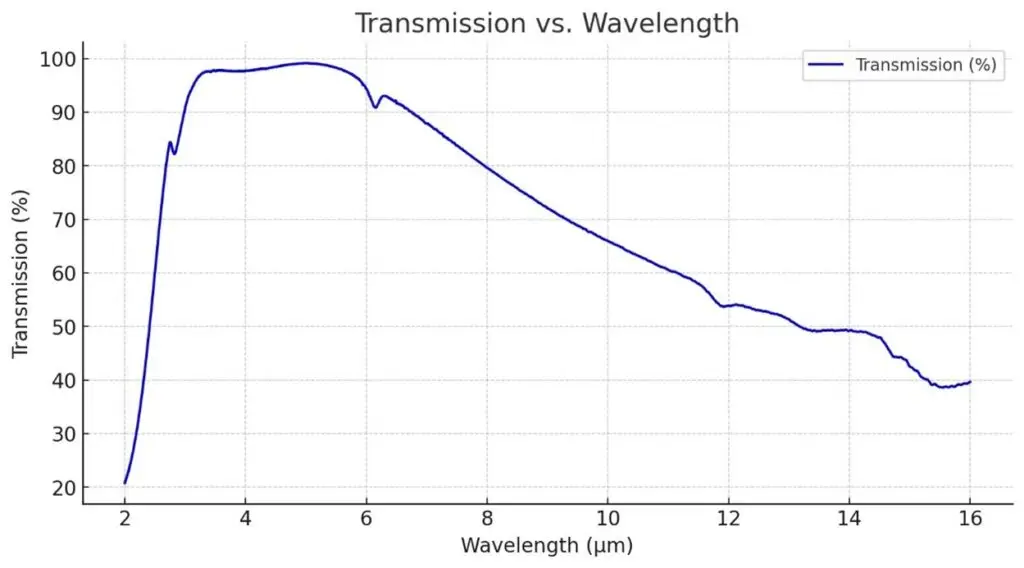
Typical transmission of a 3mm thick Ge window with BBAR (3000-5000nm) coating at 0° AOI. It indicates the coating design wavelength range, with the following specification: Ravg <3% @ 3000 – 5000nm
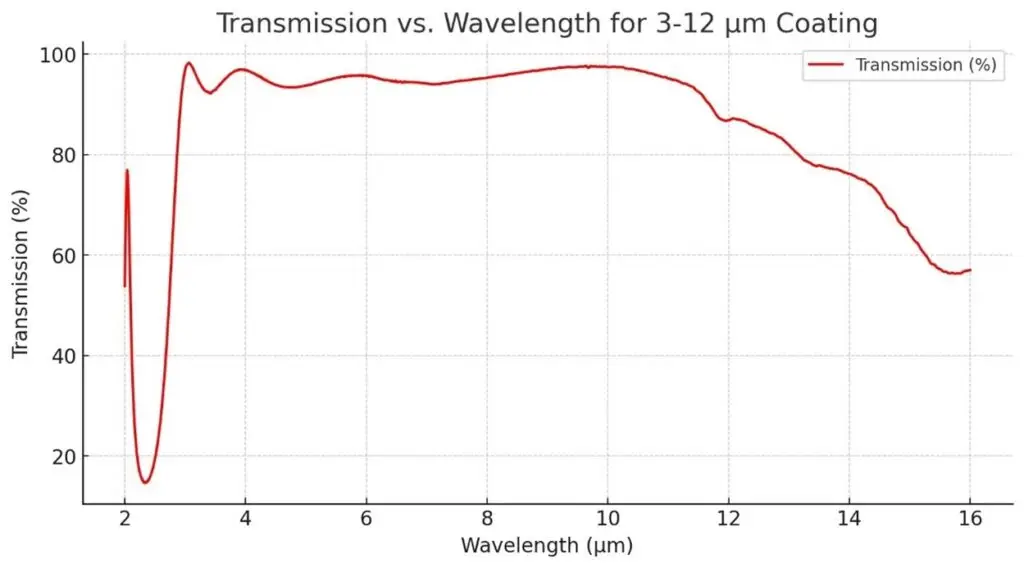
Typical transmission of a 3mm thick Ge window with BBAR (3000-12000nm) coating at 0° AOI. It indicates the coating design wavelength range, with the following specification: Ravg <5.0% @ 3 – 12μm
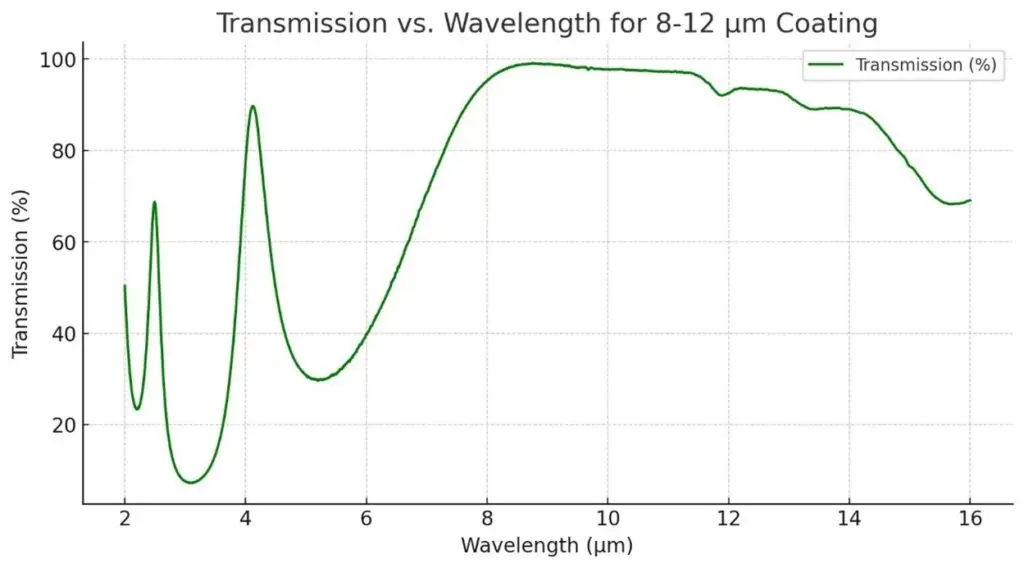
POC offers Germanium (Ge) Windows with three options for anti-reflection coatings to cater to different infrared (IR) applications: a 3 – 5μm coating for mid-infrared use, a 3 – 12μm coating for broadband multispectral applications, and an 8 – 12μm coating for thermal imaging systems. Given germanium’s high index of refraction, approximately 4.0 across the 2 – 14μm wavelength range, applying an anti-reflection coating is crucial for achieving adequate transmission within the desired spectral region.
POC Diamond-Like Carbon (DLC) Coated Germanium Windows are crafted for robustness and longevity. These windows are equipped with a high-efficiency broadband anti-reflection coating on one side and a durable DLC coating on the opposite side, ensuring outstanding transmission and resistance to environmental conditions. The DLC-coated surface is engineered to endure extreme temperature fluctuations ranging from -80 to +160°F, continuous exposure to salt spray for 24 hours, salt solubility during a 24-hour immersion, and up to 5,000 wiper oscillations with a sand and slurry mixture. Moreover, POC DLC Coated Germanium Windows comply with the MIL-C-675C standards for severe abrasion resistance.
Germanium is prone to thermal runaway, a condition where its transmission efficiency declines as temperatures rise. Therefore, it is recommended to operate POC Germanium Windows at temperatures below 100°C to maintain optimal performance. Additionally, with a high density of 5.33 g/cm³, germanium windows should be carefully integrated into designs where weight sensitivity is a factor.
The material’s Knoop Hardness, at 780, is roughly double that of magnesium fluoride, making germanium windows exceptionally suitable for demanding IR applications where durable optics are essential.
POC offers Germanium (Ge) Windows with three options for anti-reflection coatings to cater to different infrared (IR) applications: a 3 – 5μm coating for mid-infrared use, a 3 – 12μm coating for broadband multispectral applications, and an 8 – 12μm coating for thermal imaging systems. Given germanium’s high index of refraction, approximately 4.0 across the 2 – 14μm wavelength range, applying an anti-reflection coating is crucial for achieving adequate transmission within the desired spectral region.
At Photonics On Crystals (POC), we specialize in delivering world-class Germanium windows renowned for their superior transmission capabilities across the 2-14 µm waveband. These windows are integral to mid-wave and long-wave infrared (IR) systems, making them a popular choice for thermal imaging technologies. Whether in defense, aerospace, life sciences, medical applications, or industrial OEMs, Germanium windows offer exceptional performance and reliability, supporting cutting-edge advancements in infrared functionality.
POC’s Optical Infrared Germanium windows serve diverse sectors with unparalleled efficiency:

